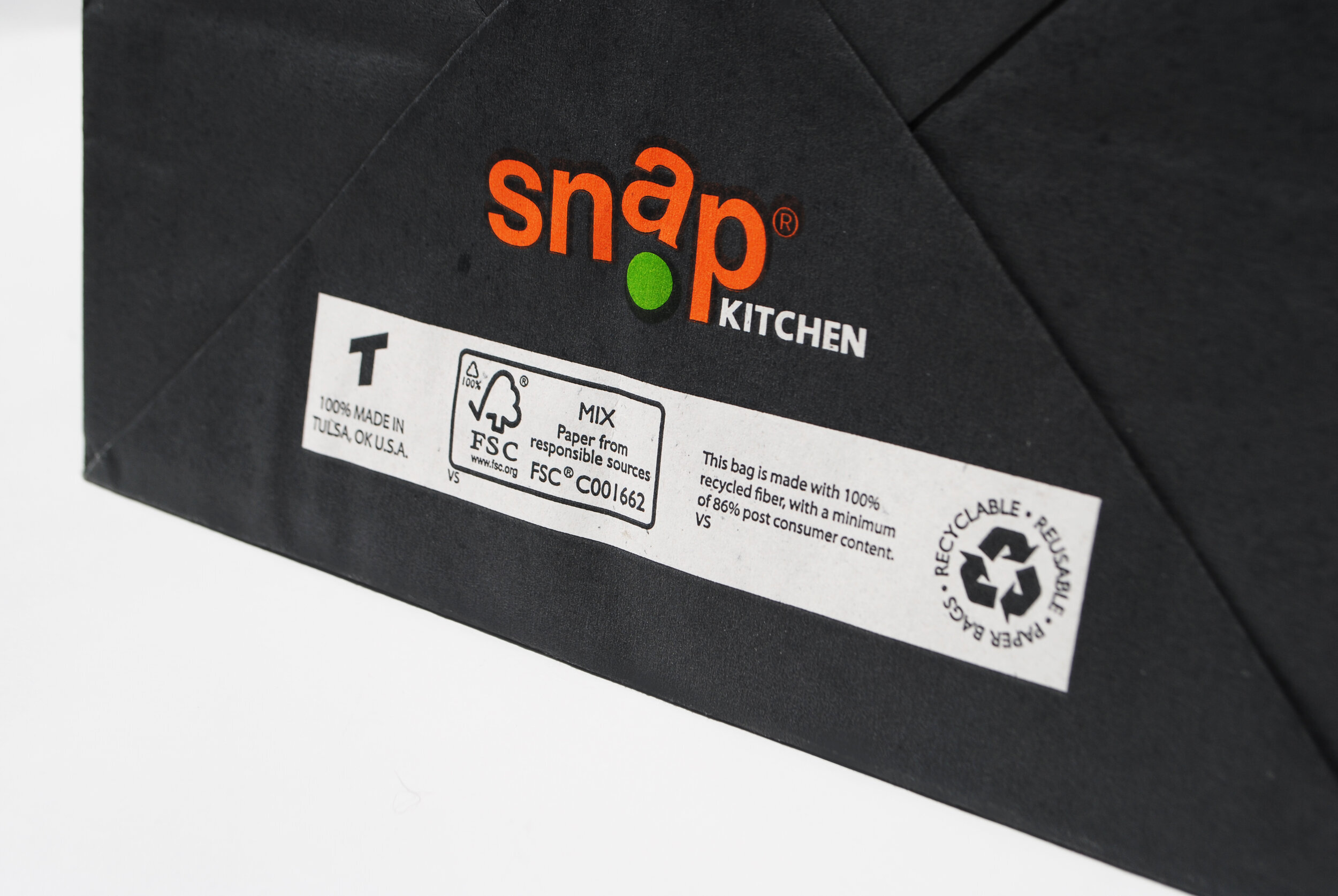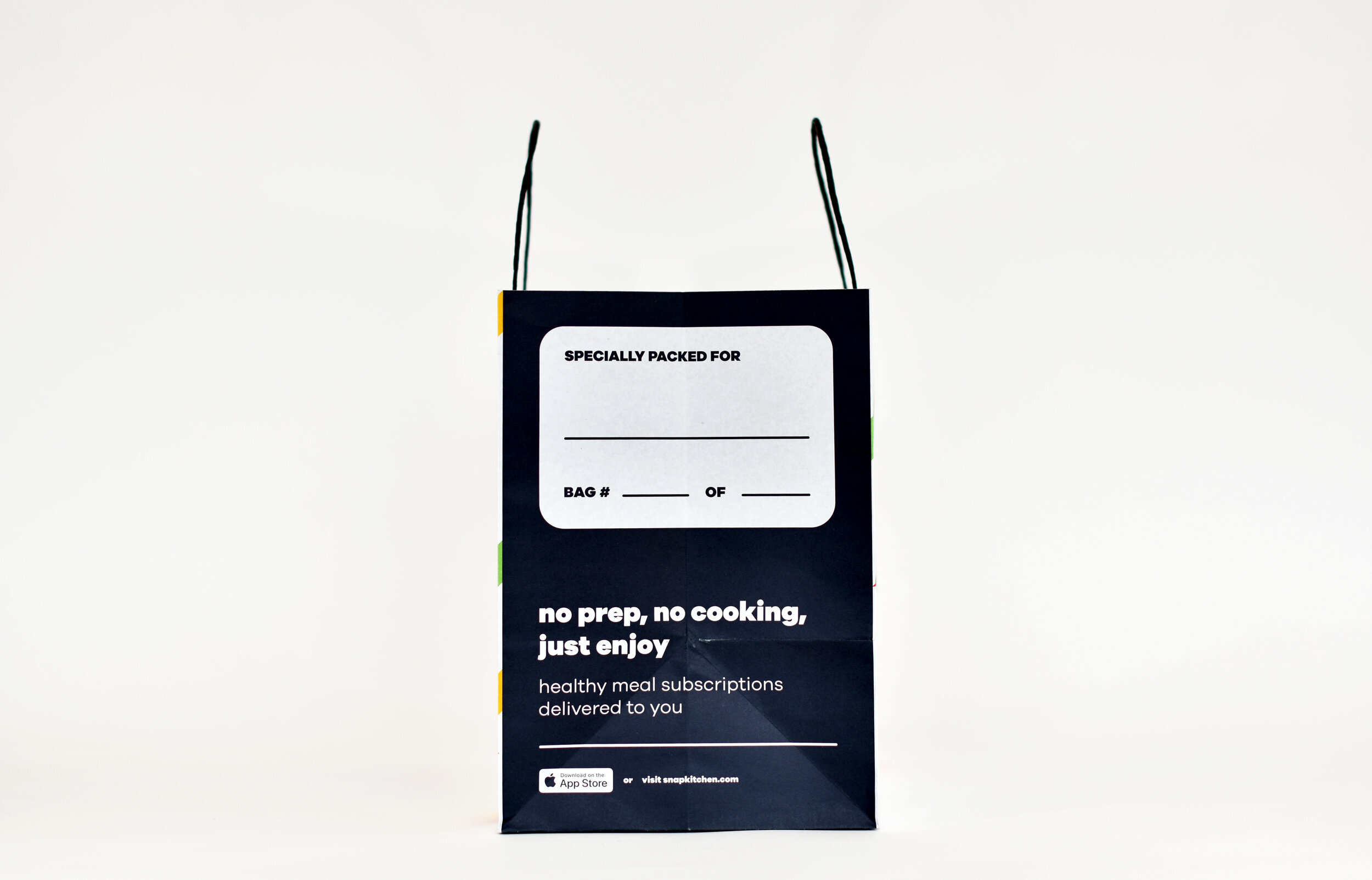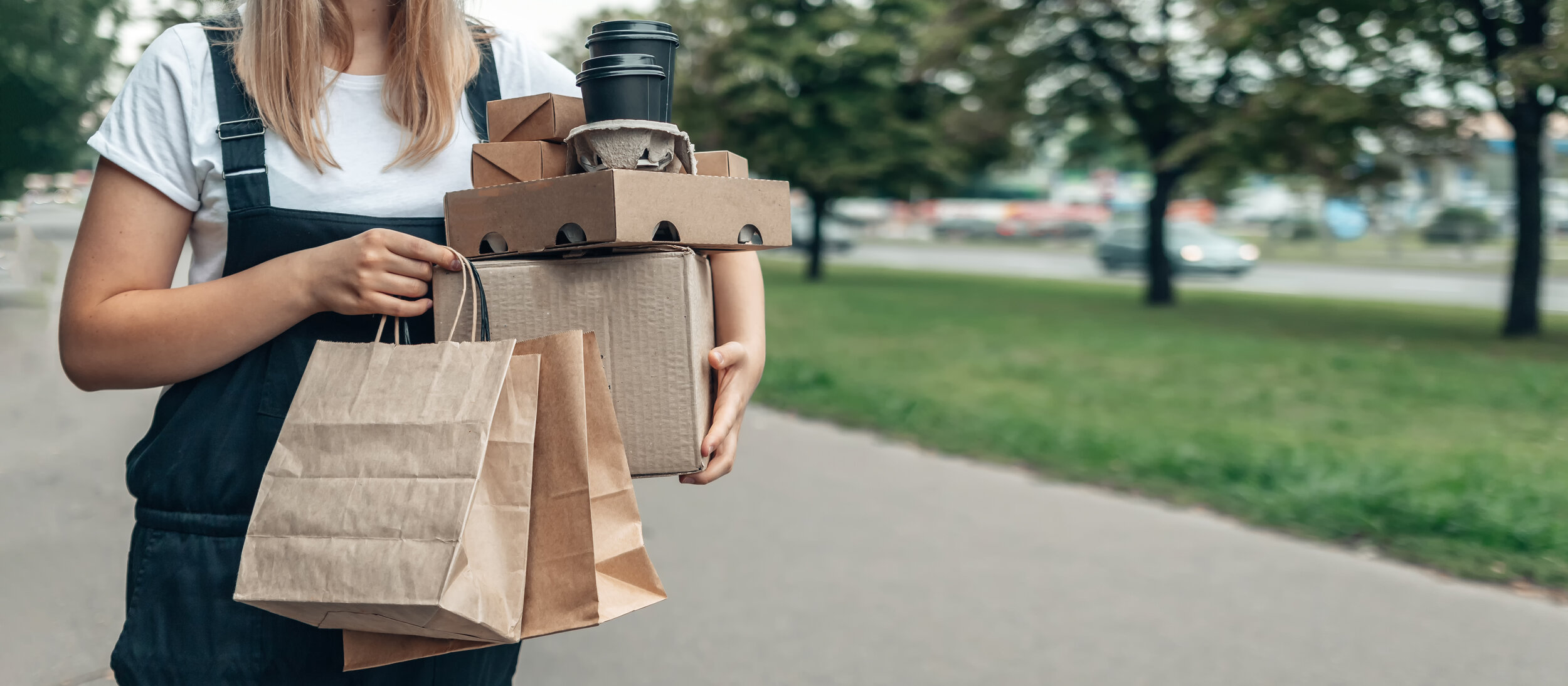
2021 RESTAURANT TRENDS TO WATCH
The restaurant industry has seen a lot of change over the years, but never as much – or as quickly – as the evolution that’s occurred due to the COVID-19 pandemic. The resulting changes have added years’ worth of new capabilities and technologies in just a few months, and from what we’re reading, “changing social norms and business landscapes will alter the various restaurant segments for good.”
Here are some of the restaurant trends industry professionals predict will stick for the foreseeable future:
TREND 1: TRUST & EFFICIENCY
When it comes to food, customers demand transparency. They want to know where their food is coming from, the ingredients being used, and that their meal is being handled and delivered safely. And restaurants themselves are getting smarter about food prep as well, especially as it relates to operational efficiency. As such, a lot has changed in the back-of-house business, such as a rise in the use of ghost kitchens, adoption of contactless delivery, and investment in transactional technology.
Investing in the right equipment and packaging to respond to the need for efficiency and transparency can make your dollar go a long way.
Here are a few ways restaurants can respond to this trend:
-
Use Technology to your Advantage – Tech companies like ToastTab have provided restaurants with the software they need to make ordering more efficient than ever. Their Order & Pay software provides customers with the ability to order and pay for their meal from the convenience and safety of their own device. According to ToastTab, “Not only does it give your guests peace of mind, it helps you improve table turn times, reduce labor costs, and better understand your guests with valuable data.”
-
Invest in Efficient Cooking Equipment – when it comes to smart and efficient food prep, compact cookware design can help add to the aesthetics and functionality of small spaces. TurboChef’s Double Batch oven is a nice option to consider since it not only maximizes kitchen space, but cuts energy consumption.
-
Make your Packaging Delivery-Friendly – Tamper-evident bags and containers help ensure your customers’ food isn’t exposed or contaminated, while also making it clear when their meal packaging has been opened. If designed right, you can also build in a proper identification system to ensure order details are accurate. Gourmondo’s lunch box system features tamper-evident stickers and labels to help easily identify contents.

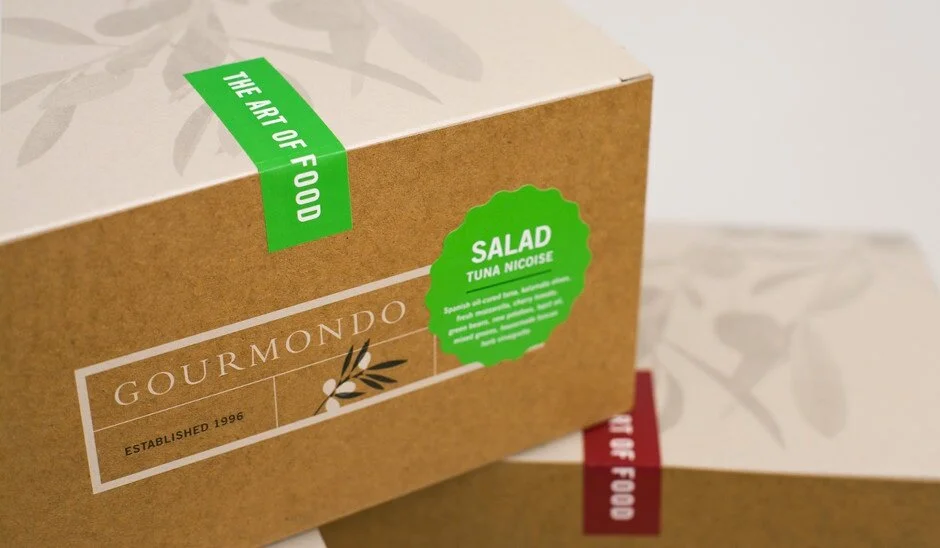
TREND 2: WASTE REDUCTION
Another hot trend in the restaurant world is waste reduction – and it’s not just driven by the consumer. Major cities such as Seattle are beginning to adopt waste reduction ordinances for restaurants. Investment in equipment and systems to reduce food, water and packaging waste is something to consider going forward.
Here are some ideas for reducing waste in the foodservice industry:
-
Streamline Your Menu – Restaurants produce 22 billion to 33 billion pounds of food waste each year. Limiting the number of options available on your menu can help decrease food waste. Eliminating redundant vegetable varieties such as potatoes or mushrooms and buying in bulk can help increase cost savings while reducing waste.
-
Conserve Water – Investment in eco-friendly dish washing equipment such as Hobart’s CLeN Conveyor Warewasher helps minimize energy consumption by reusing wastewater to heat up incoming drain water.
-
Invest in Sustainable Packaging – There are three categories of sustainable packaging: recyclables, compostables, and reusables. If you’re going to offer any one of these, it’s important to have the proper system in place to accommodate the packaging you offer. We’re seeing more foodservice providers promote reusable packaging, such as Starbucks’ Borrow a Cup Program.

Other restaurants have on-site recycling receptacles available (which brings us to our next point), but the final step in packaging waste reduction is to ‘close the loop’ by purchasing products made with recycled content.
-
Provide On-Site Composting & Recycling – The equipment that is required to reduce waste includes on-site composting and recycling bins. One of the more popular pieces of on-site food composting equipment for the restaurant industry is the FoodCycler. You can also check with your local waste management companies to set up receptacles on-premises for recycling or composting packaging. It doesn’t hurt to educate your customers either, to truly “teach them to fish” when it comes to responsible waste disposal.
TREND 3: CREATIVE DINING EXPERIENCES
During the COVID-19 pandemic, online ordering, curbside pickup, and delivery became dining baselines, offering safe and convenient options for customers to enjoy restaurant-quality food in the comfort of their home. However, it’s hard to replace the experience of a fresh-from-the-kitchen meal or the ambiance of a buzzing event space. As a result, many successful restaurants are offering new concepts to provide outside-the-box dining experiences.
Here are some ways restaurants can continue to capitalize on this trend without compromising quality:
-
Create Restaurant-Branded Meal Kits – To-go meal kits were on the rise pre-pandemic and have really gathered steam as in-home dining is normalized. This solution blends two trends: the desire to cook at home (without the prep work) plus a rise in concern with health and food safety – both of which can be controlled if customers cook themselves. According to QSR Magazine, “so far, the biggest brand to try this approach is Chick-fil-A. They temporarily added meal kits to their menus at 140 locations and saw positive results from their customers and their bottom line.”
Seattle’s famous DeLaurenti has adopted this model through their curated Entertainment kits, featuring “a thoughtfully chosen selection of meats, cheeses & antipasti” for the number of people you specify and from a region of your choice.
You could also take your meal kits to the next level by partnering with a local hotel chain. This creates a steady flow of income and allows for better expense planning and sales forecasting throughout the year. Perry’s Steakhouse in Houston, TX offers their signature sliders to-go as a room service item for guests at local hotels.
-
Add RTD Cocktails to your Menu – According to The Spirits Business, alcohol delivery – including ready-to-drink (RTD) cocktails – was one of the fastest growing e-commerce categories of 2020, and is expected to remain strong this year. Especially because, as Wine Enthusiast notes, things may be slow to get back to normal, even as bar and restaurant restrictions are lifted. What’s the best RTD formula? According to Flavorman, “clients either want to create a lower calorie, lower ABV drink or a higher proof cocktail that replicates the bar experience.”
-
Take Events Virtual – If there’s one thing the pandemic taught us is that physical distance doesn’t have to keep us apart. Restaurants have the capability to expand their reach to customers far beyond their region if they just get creative about it. Virtual happy hours, cooking classes, wine pairings and more can add value to the dining experience by making it personal and experiential. Providing curated kits for these events allows restaurants to enter into the catering and events space without the overhead of venue and staffing expenses. New York’s Boqueria restaurant offers an at-home paella cooking class, and delivers all ingredients – including the pan!
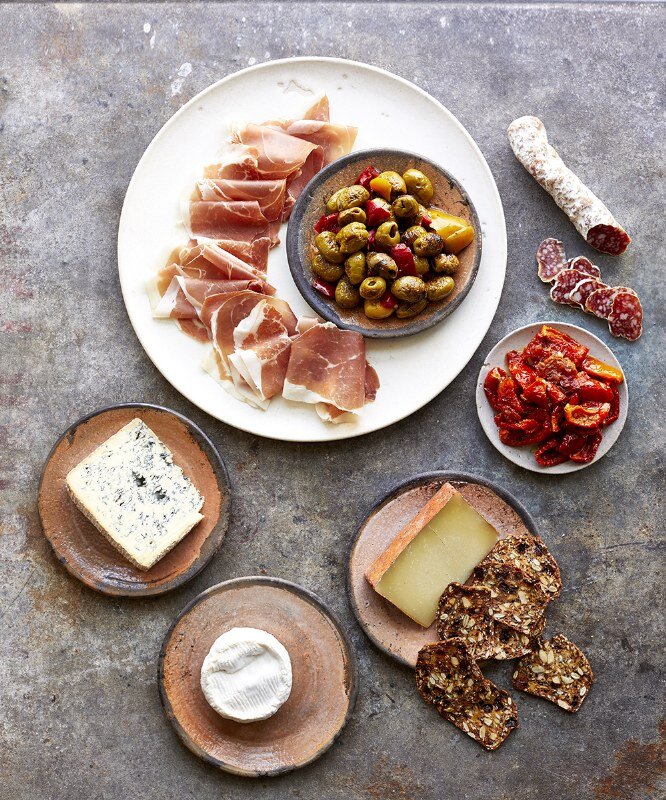
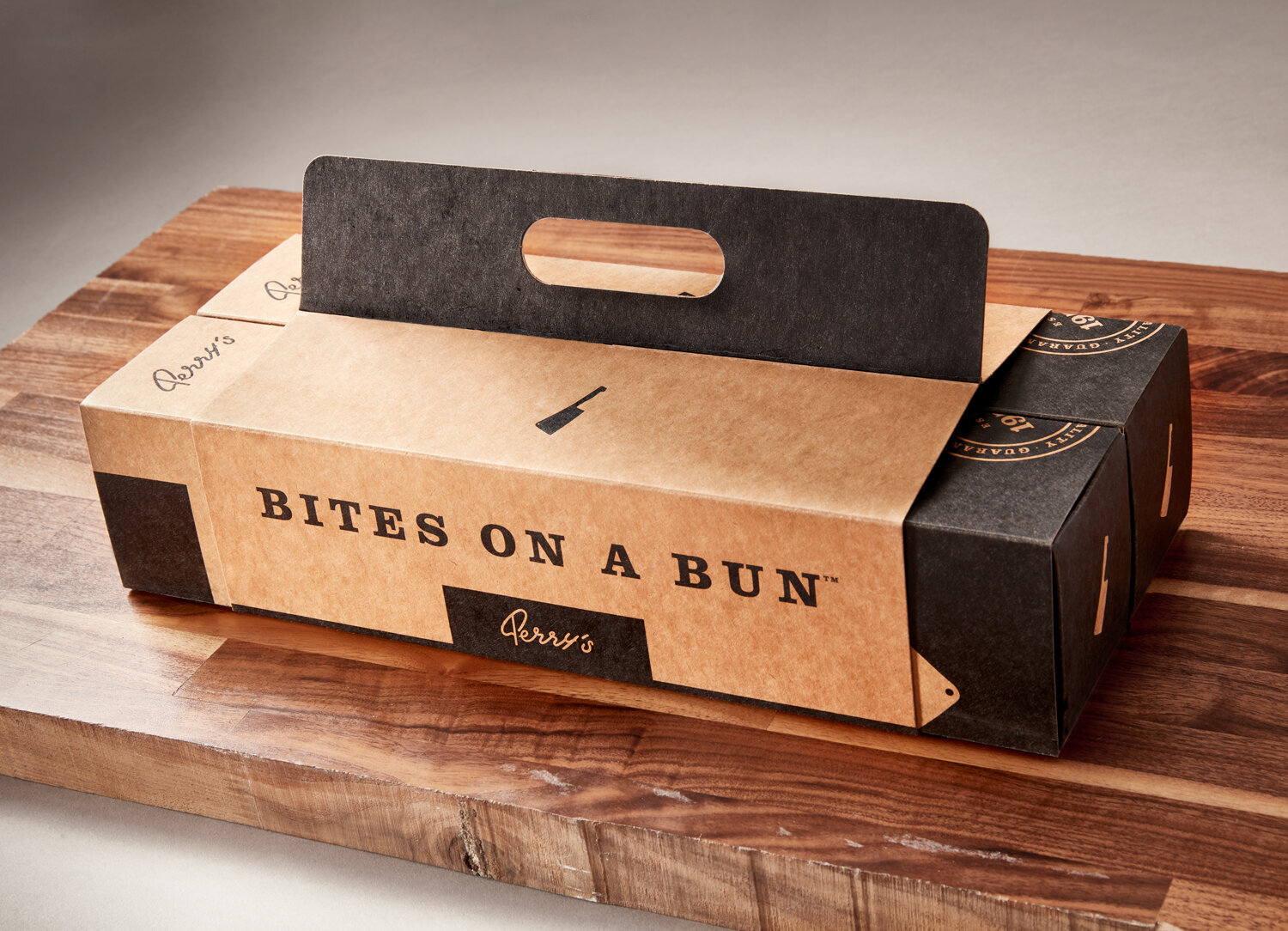

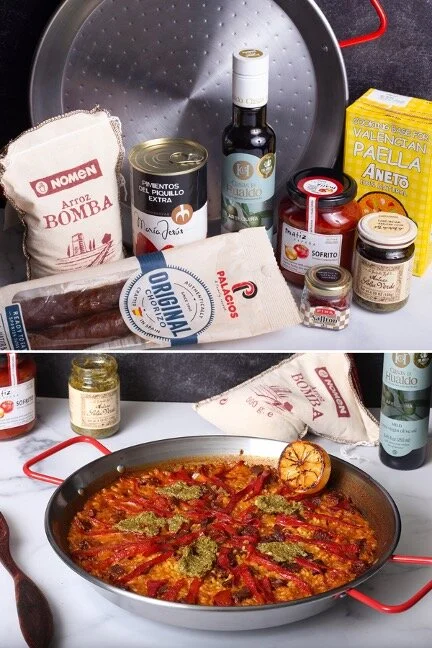
These are just a few ways to add value to your dining experience in 2021 and beyond. In summary, when it comes to navigating hospitality trends, data analytics agency Agilence sums it up best: “If there’s one thing that restauranteurs should take away from 2020, it’s that things can and will always change, sometimes overnight. Flexible and adaptable business models are a necessity for long-term success.”
Creative Retail Packaging has the history and experience you need to create a packaging program for today’s restaurant model.


